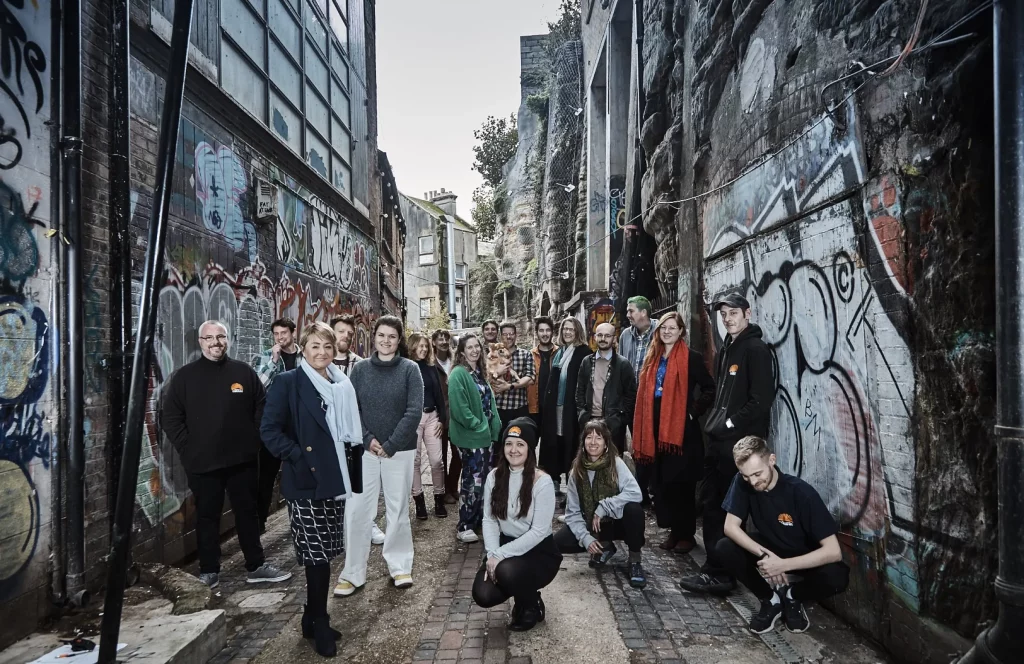Sint Antoniuspleintje is a green social housing project by Zonnige Kempen in Zoerle Parwijs, Belgium. Built on a derelict site once owned by a slum landlord, it includes 13 energy-efficient homes that now house up to 48 people. This project not only added affordable housing to a rural village but also revitalised the area and improved the community’s quality of life.
The homes are designed to save energy and water, using top-level insulation, solar panels, heat recovery systems, and underground heat storage. A unique feature is a solar asphalt collector that absorbs heat from the road in summer, stores it underground, and uses it to warm homes or prevent icy roads in winter. The homes are laid out around a central square, with shared bike storage and gardens or balconies for each unit. The design supports a mix of residents, including families, elderly people, and those with disabilities.
Funding came from the Flemish government, the Flemish Energy Agency, and loans taken by Zonnige Kempen. Though it was partly experimental, the project stayed within the cost range of typical Flemish social housing.
Residents benefit from lower energy bills, healthier homes, and stronger community ties. They are trained to monitor and manage their energy use, and the heating system can be viewed by the public as an educational tool. The surrounding community has also seen improvements, with the creation of a pedestrian-friendly square and a bypass road reducing traffic.
This project has sparked interest from other housing developers and influenced new sustainability standards in Belgium. Despite early funding and technical challenges, Sint Antoniuspleintje has become a model for affordable, energy-smart housing that can be copied elsewhere.








